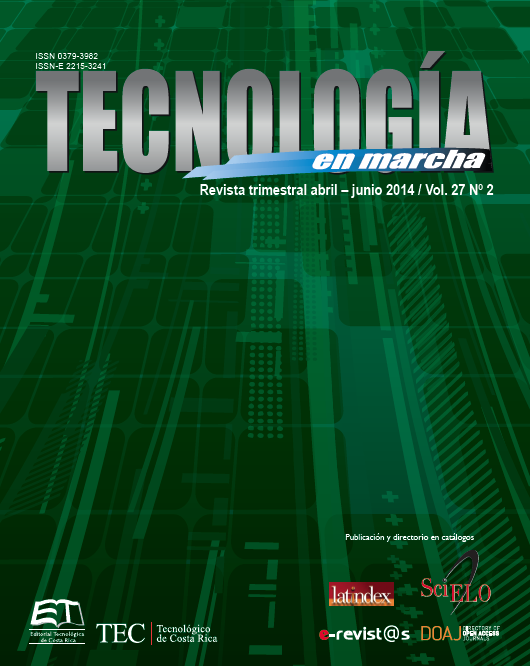Evaluation of antagonism of Trichoderma sp. and Bacillus subtilis against three garlic pathogens
Main Article Content
Abstract
The production and quality of the cultivate garlic field (Allium sativum) is limited by diverse fungal diseases and bacteria that lead the producer to implement the application of chemical control strategies and in some cases the abandonment of the activity by an increase in losses. Biological control is a useful strategy to combat these types of microorganisms. The objective of this research was to evaluate the in vitro antagonism of the Trichoderma sp. and Bacillus subtilis against three major pathogens of garlic: Sclerotium cepivorum, Penicillium sp. and Pseudomonas marginalis. The species mentioned were isolated and identified by biochemical and taxonomic keys respectively and tested for antagonistic activity and inhibitory effect on growth using dual plates. Strain B. subtilis showed a low potential with low values of PICR, 14,087 against S. cepivorum and 3,328 against Penicillium sp., this is bad biocontrol. Regarding Trichoderma sp, it presented a very high potential, with values of 40,210 PICR against S. cepivorum and 45,034 against Penicillium sp. The valuation classifies it as a very good biocontrol. The results obtained in these studies support the potential of the strains of Trichoderma sp as biological control agents against Penicillium sp garlic rot, P. marginalis bacteria and white rot by S. cepivorum. This is not the case with B. subtilis, as the isolate proved otherwise.
Article Details
Los autores conservan los derechos de autor y ceden a la revista el derecho de la primera publicación y pueda editarlo, reproducirlo, distribuirlo, exhibirlo y comunicarlo en el país y en el extranjero mediante medios impresos y electrónicos. Asimismo, asumen el compromiso sobre cualquier litigio o reclamación relacionada con derechos de propiedad intelectual, exonerando de responsabilidad a la Editorial Tecnológica de Costa Rica. Además, se establece que los autores pueden realizar otros acuerdos contractuales independientes y adicionales para la distribución no exclusiva de la versión del artículo publicado en esta revista (p. ej., incluirlo en un repositorio institucional o publicarlo en un libro) siempre que indiquen claramente que el trabajo se publicó por primera vez en esta revista.

